KI+
Connecting loved ones in a unique way
This was a project I did for my Culture Formation and Innovative Design Module while I was studying at SUTD alongside with 2 other teammates - Teresa and Sharmaine. The project brief was to design a product aimed at tackling different cultural aspects of families in Singapore. My role in this project was focused on user research and translation of research into ideas for execution. I did a revamp of the entire app design after my graduation and will be sharing my thoughts and detailed design considerations in this case study.
Design Process
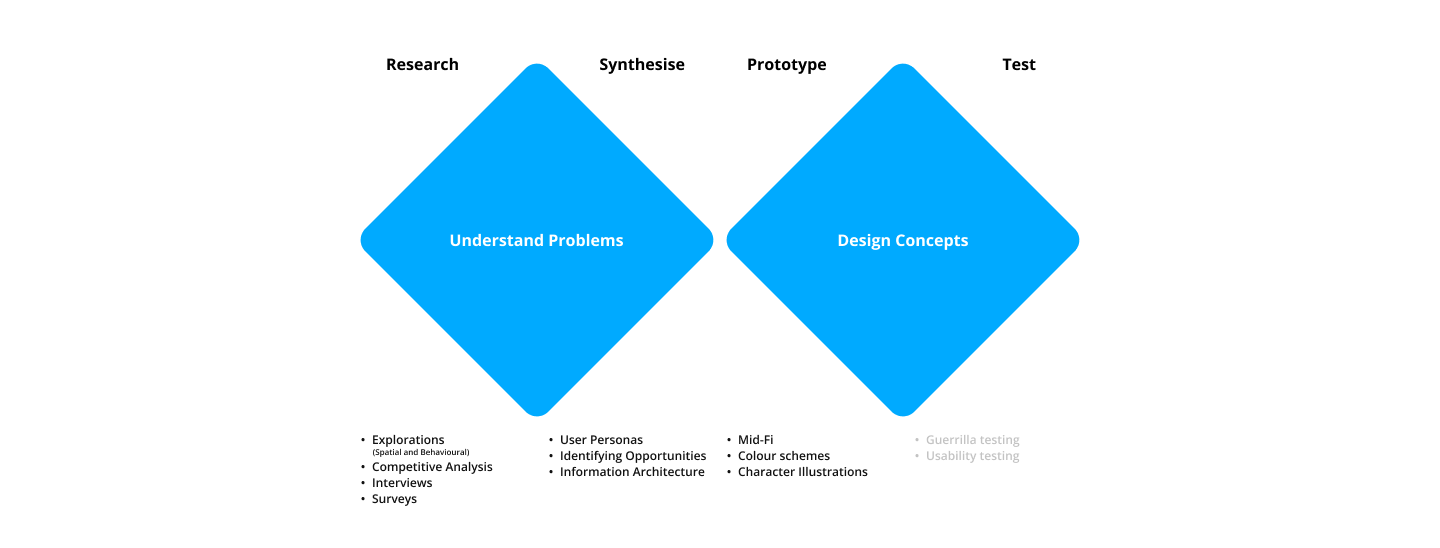
Research
Problem
Survey results has shown that 50% of the population do not spend enough time with their family members because of their long working hours or their family member’s long working hours. Singapore also ranks 3rd globally in terms on time spent on homework by spending an average of 9.4 hours a week completing homework. A social segregation caused by disappearance of family members due their busy schedules and lack of ability to find an opportunity to spend quality together with each other.
Demographics
Research has shown that there has been a rise in 1 child families over the years in Singapore and the average number of births per woman in 2015 was 1.24. We believe that this trend will follow due to the conversations with the new generation working couples. Therefore, it was decided that the project will be focused on exploring the behavioral patterns of a family of 3.
Aim
To reconnect loved ones with the aid of KI+ that provides a stress-free avenue for families to have meaningful conversations together while making a meal together. KI+ helps by providing the family members with conversational prompts and cooking instructions through a gamified experience to ease users into the environment.
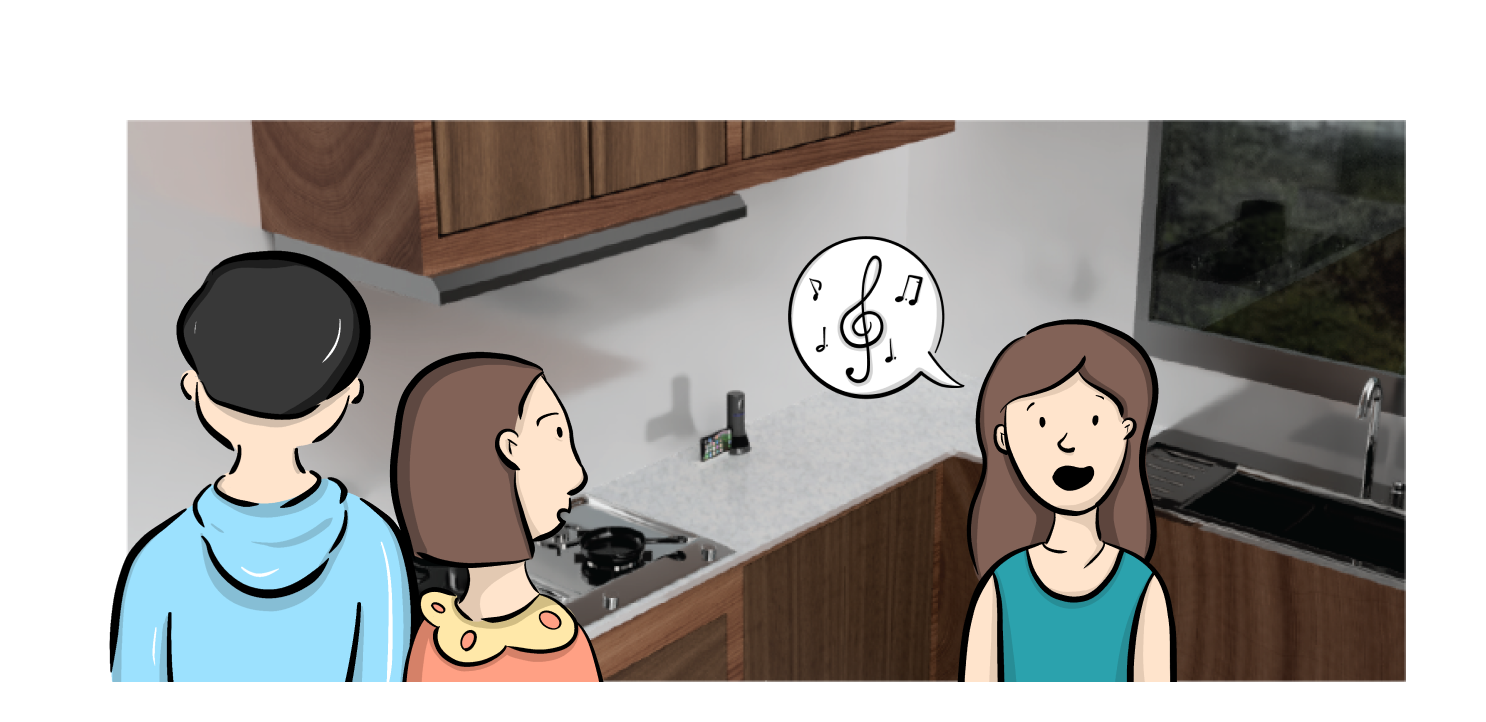
Synthesise
Cultural Behaviours
In Singapore, it is very common for both parents to be working full time to support the needs of their child. As a result, parents do not have enough time to socialise or communicate with their child. Studies has also shown that more parents are sending their child to infant cares and childcare centres so that they can continue working. Being a country that is ranked 3rd in terms of amount of time spent on homework, once their child starts attending school, they get caught up with their school work, tuition and enrichment classes out of school hours.
Personas
Based on the problems and target audience identified, I did some research into common behaviors of Singaporean families from field observations and informal conversations with my friends and derived the following user personas to help better craft the scenarios.
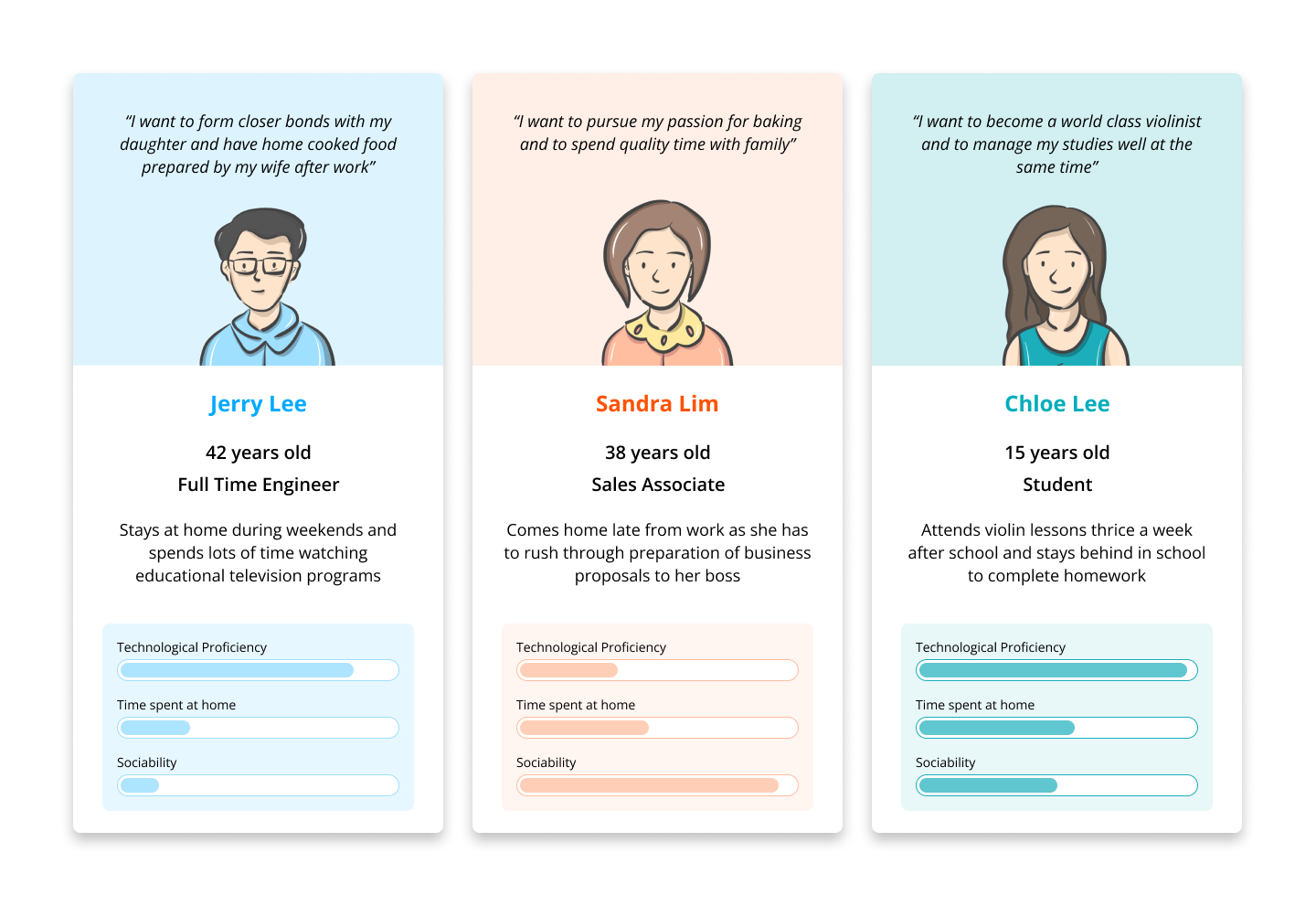
Physical Behavioural Patterns
Based on the personas created above, we considered various situations and behavioural patterns that will occur within a household to derive where we should center our solution around.
Living room is where family members gather to watch television together, relax or have a snack. Introducing a new product to encourage connections here might not be as effective as there's already sufficient products and solutions aimed at increasing family engagement in this area.
Bedrooms are most private to family members as things that are most precious to them are kept here and it is where they find their peace and rest at. This would not be an appropriate setting for group conversations to happen as family members might get distracted and end up doing their own things in their rooms.
Kitchen is where family members usually cooks, wash the dishes and do their laundry. There is potential opportunities for family members to have good conversations with each other here while engaging in activities together.
Therefore, we decided to create a solution that aims to encourage interactions within the kitchen area.
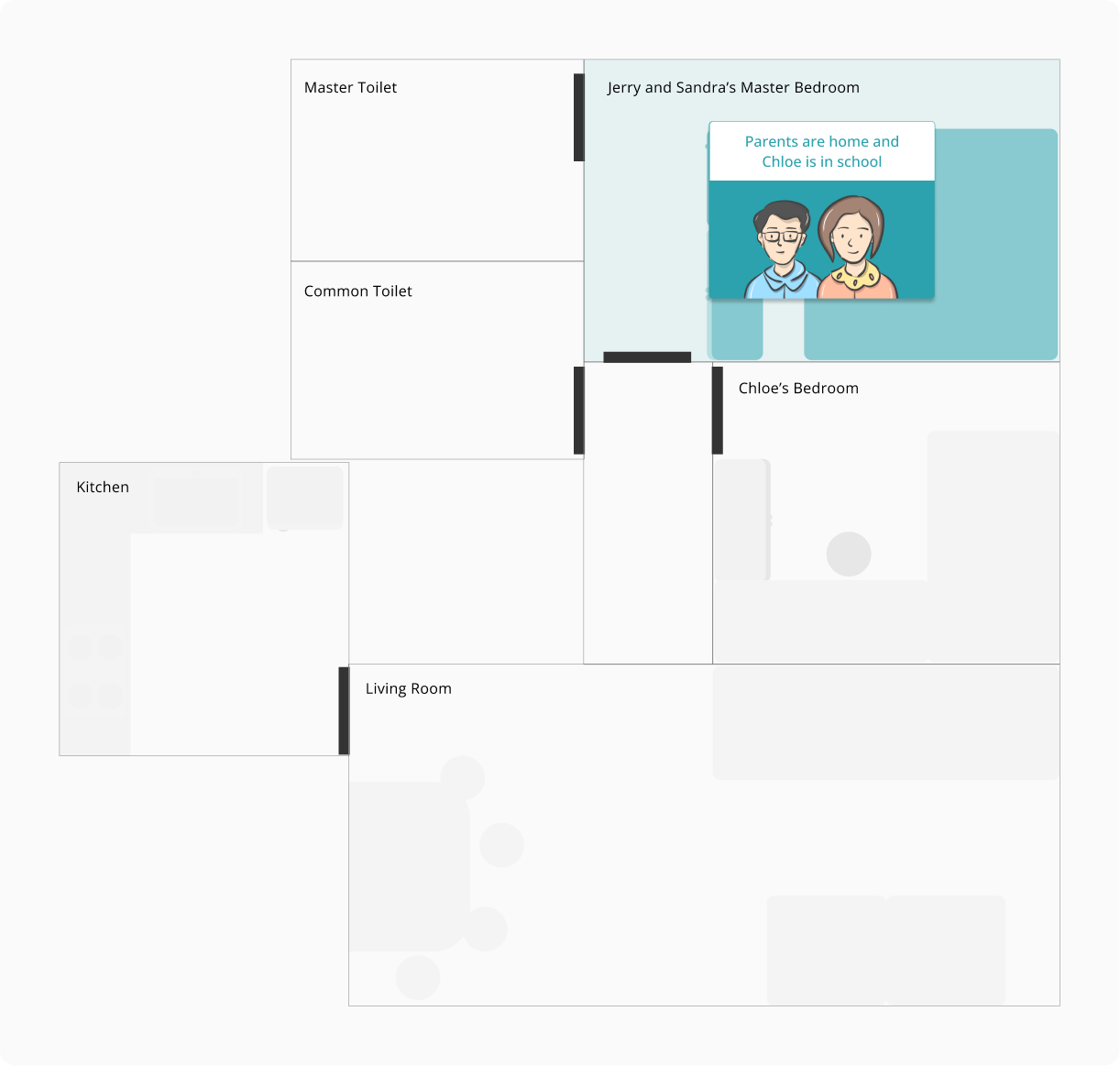
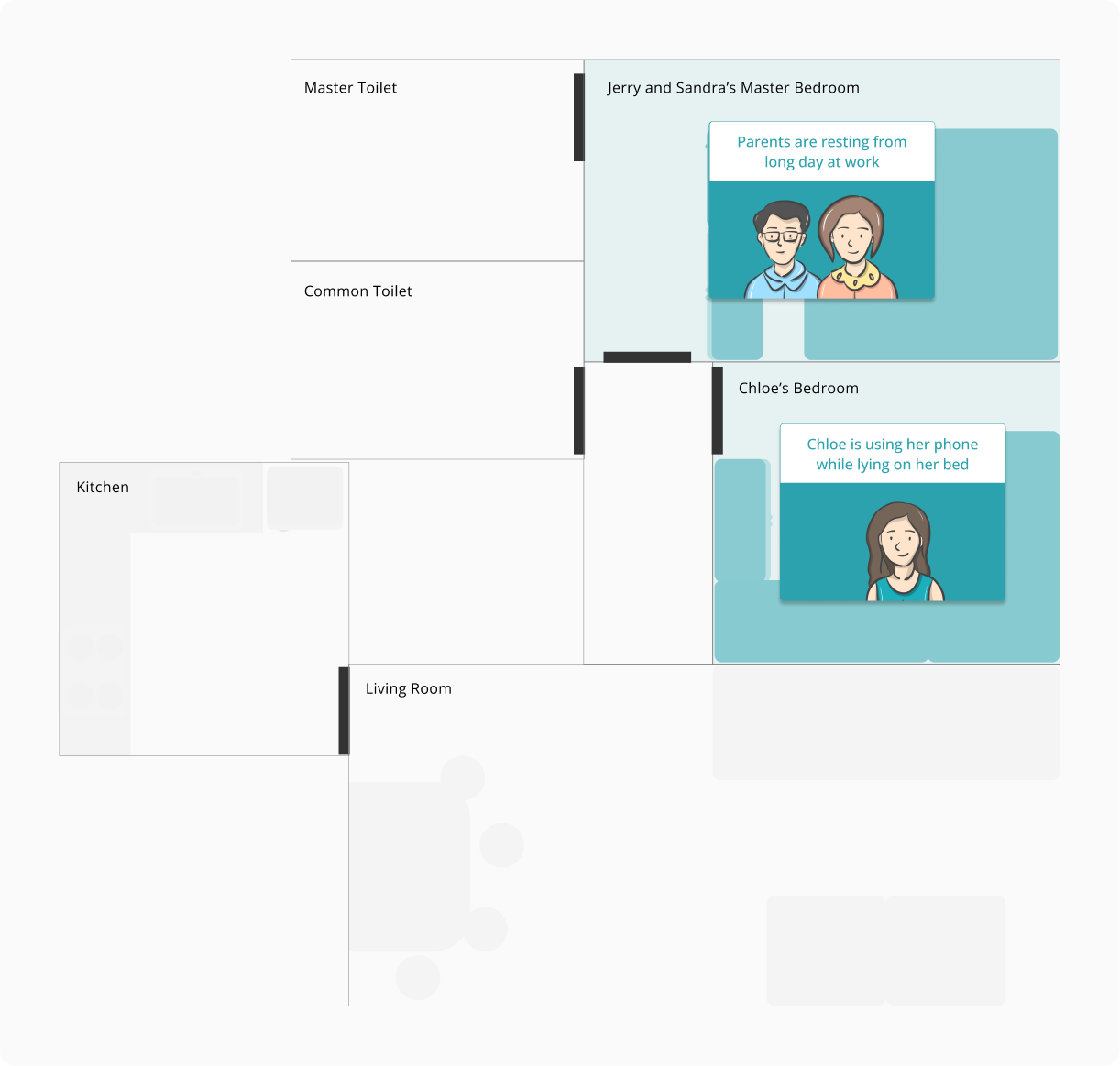
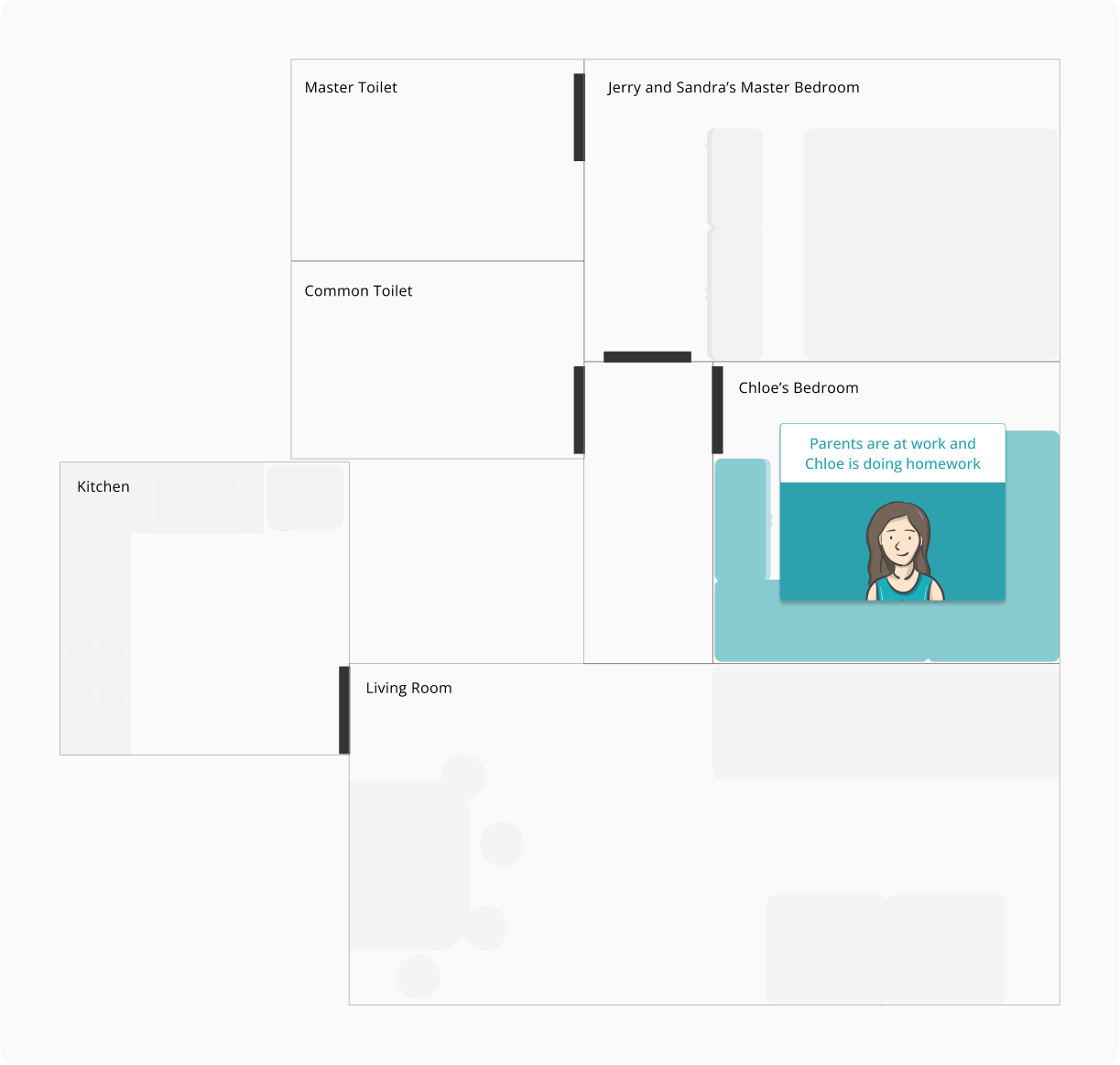
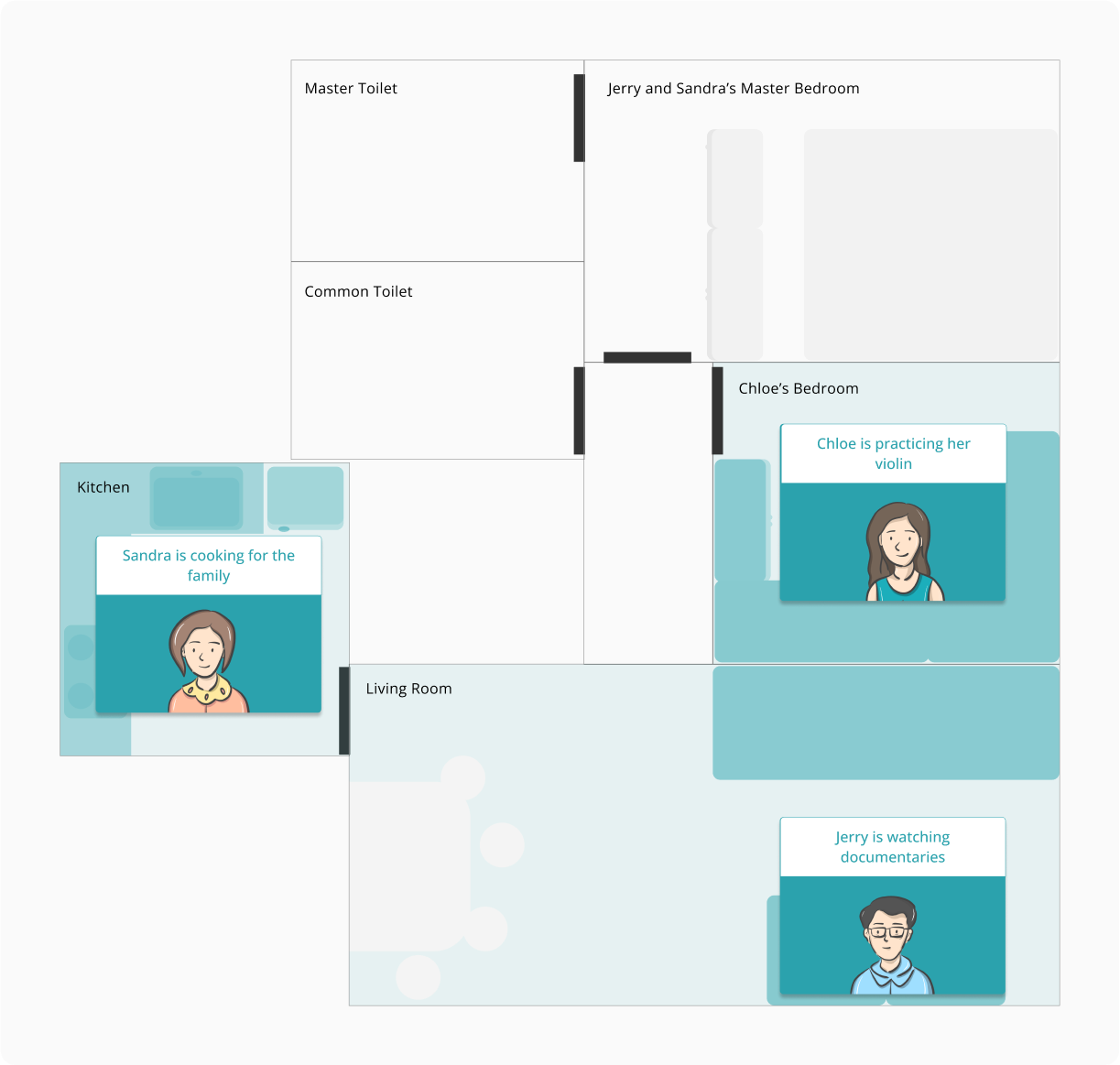
User Journey Map
I created various user journey maps to explore the various things that families would do in the kitchen. While exploring some of their behaviours, I also identified problems and opportunities that we can potentially design for in order to relieve some of these painpoints that the users has. This is important in helping to derive the purpose of the product we will be designing as well as certain features and functions that the product should have in order to encourage adoption of the product.
I compiled the user journey map into the following:
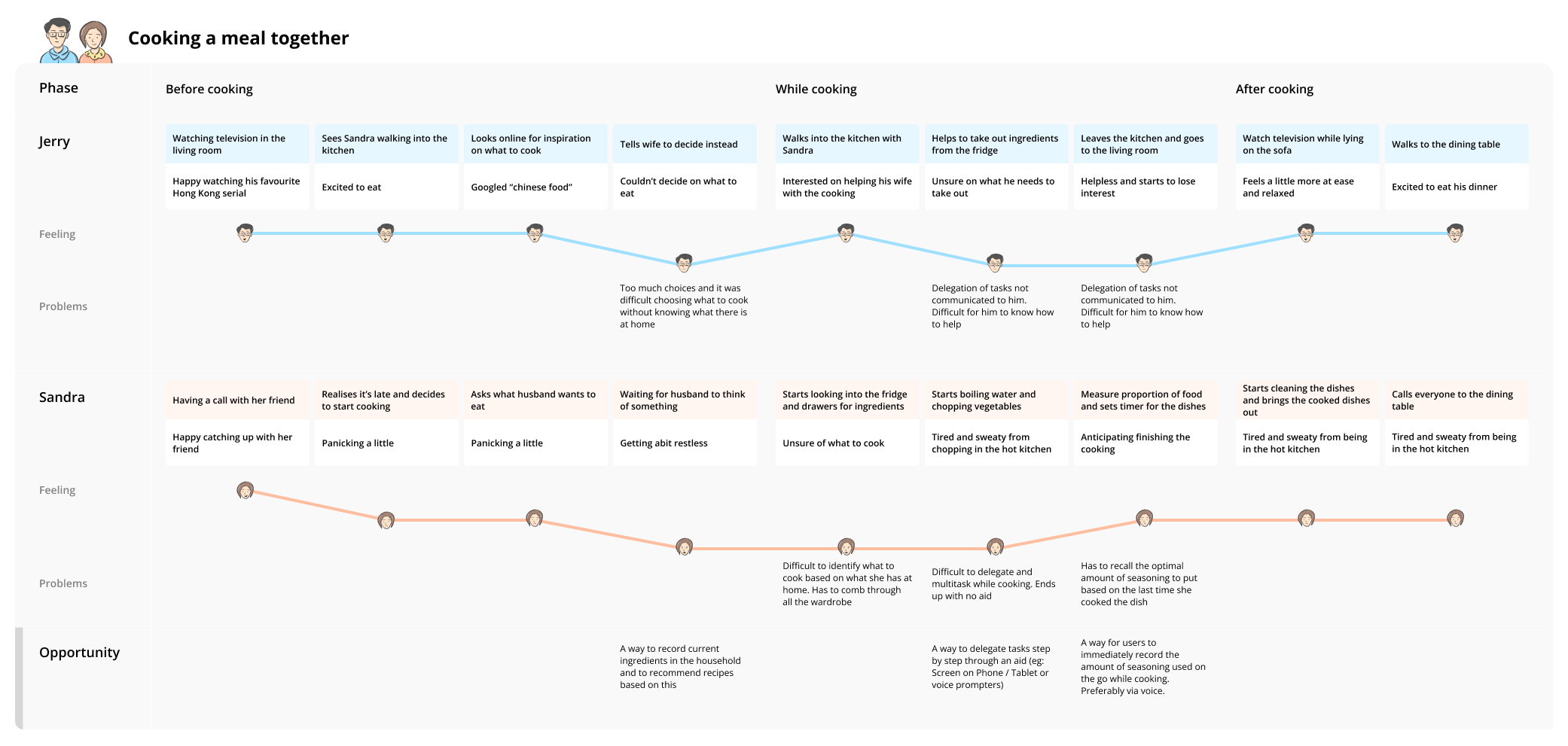
Prototype
Physical Aspect of Prototype
For L-shaped kitchen, the product should be placed in within the working triangle. A working triangle is defined by connecting the 3 points between the fridge, stove and sink and by placing the product within the working triangle, it provides the users with greater accessibility and visibility to the product for reference while using it. For straight kitchens, the product should be placed in the center of these 3 appliances as well to maximise visibility.
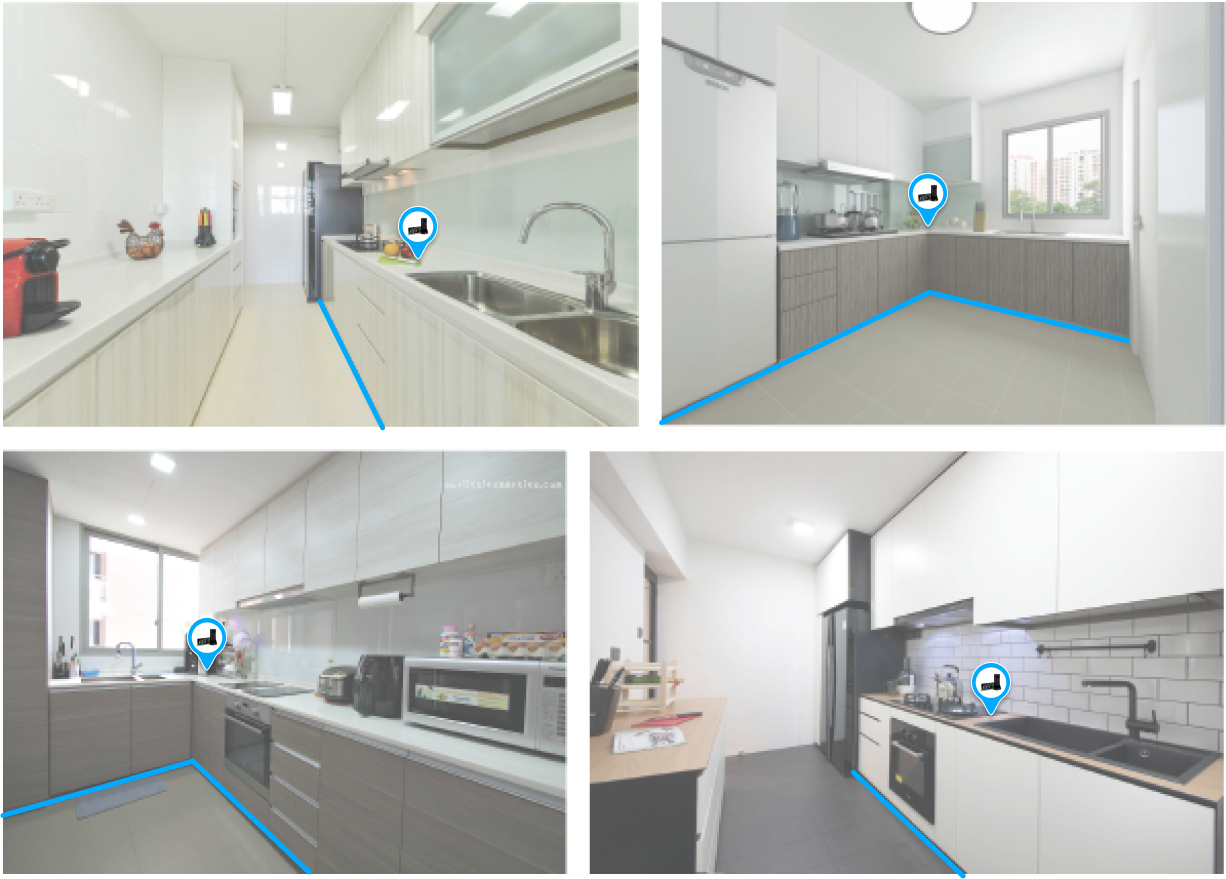
Product Concept
Product Details
As my teammate was the one who worked on the initial prototype that was submitted for this project, I redesigned the prototype in this case study. I wanted to incorporate a more homely and soothing feel to the interface to spark joy towards the game. The characters are hand-drawn using procreate by myself.
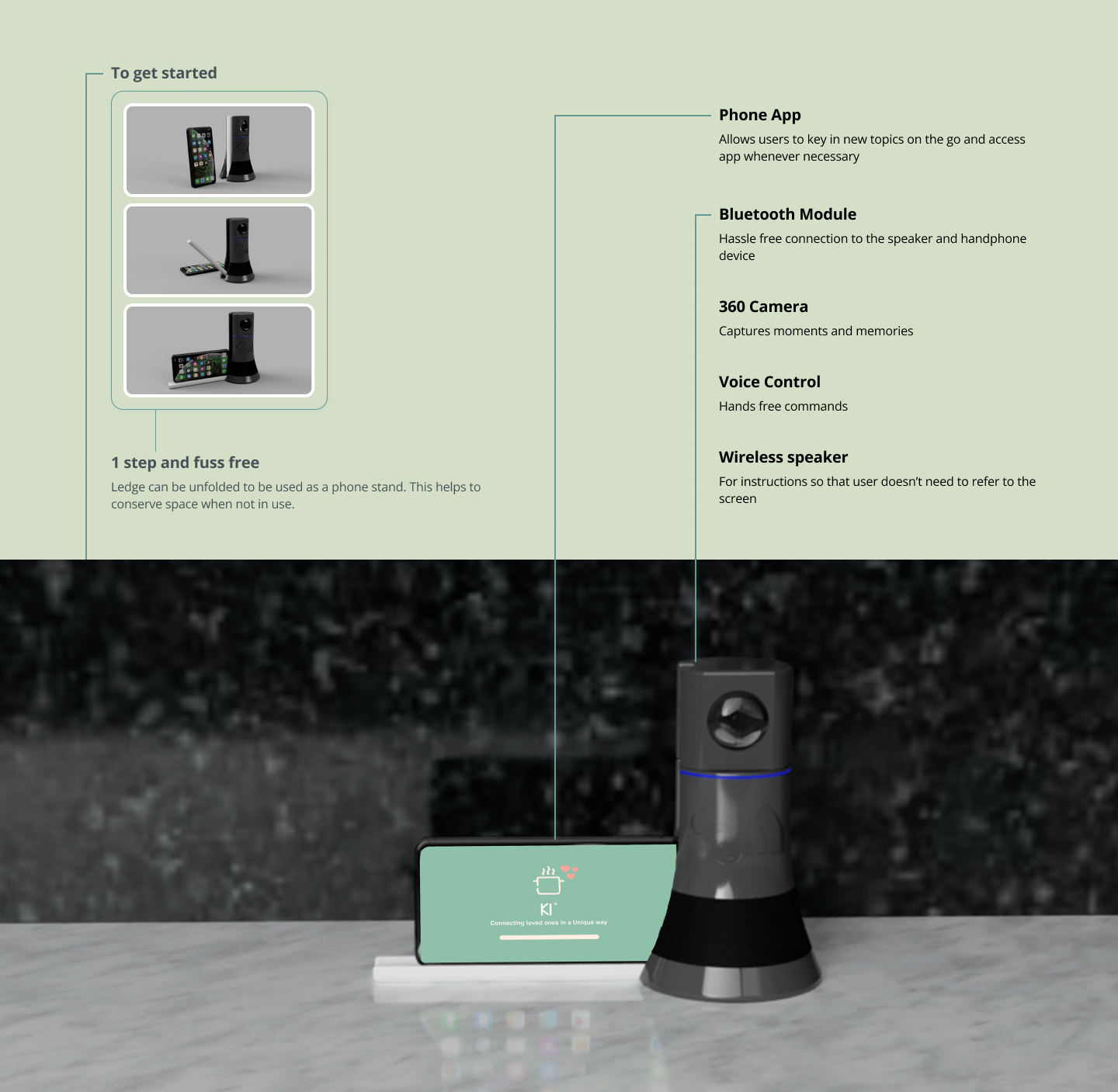
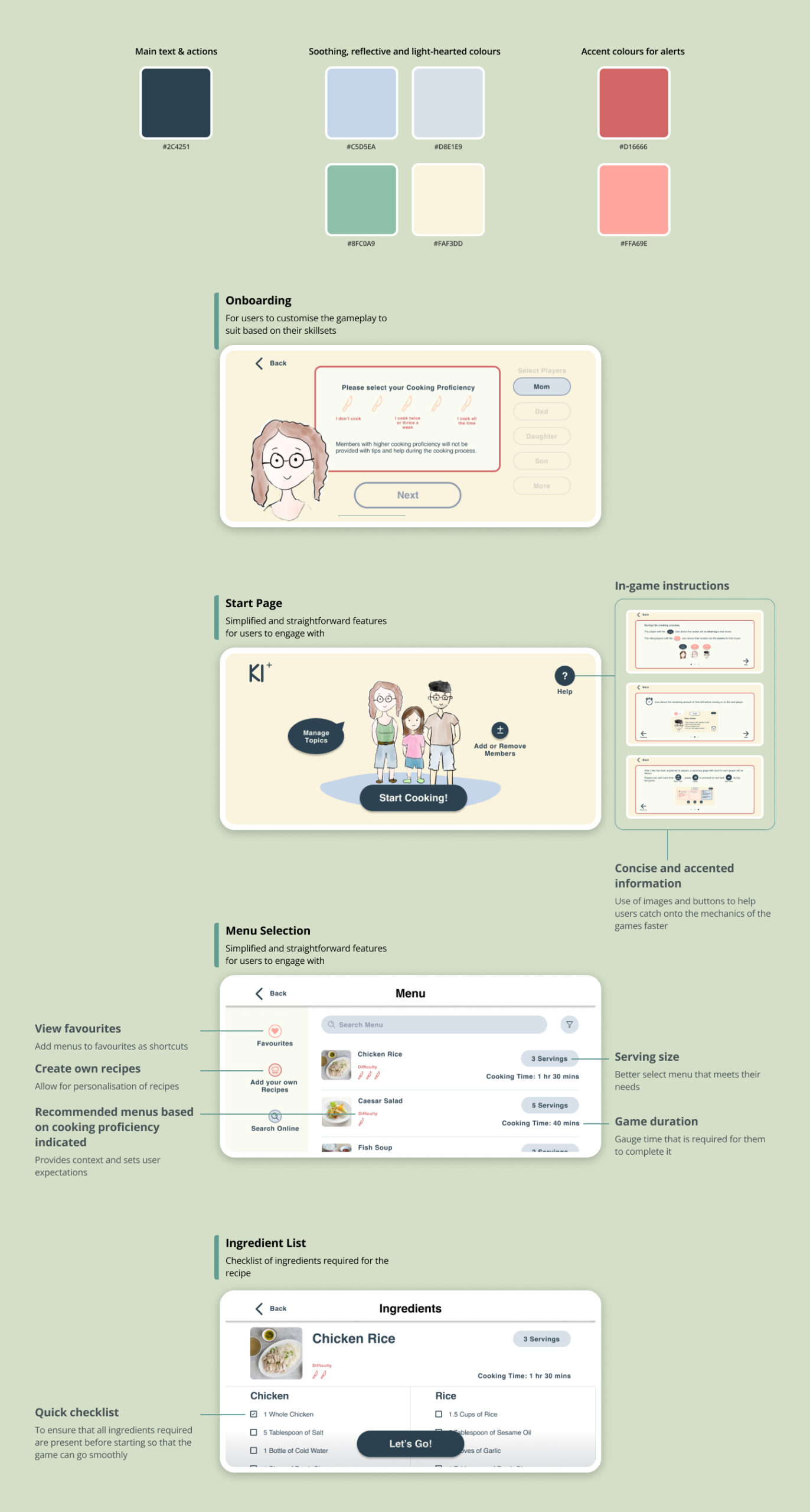
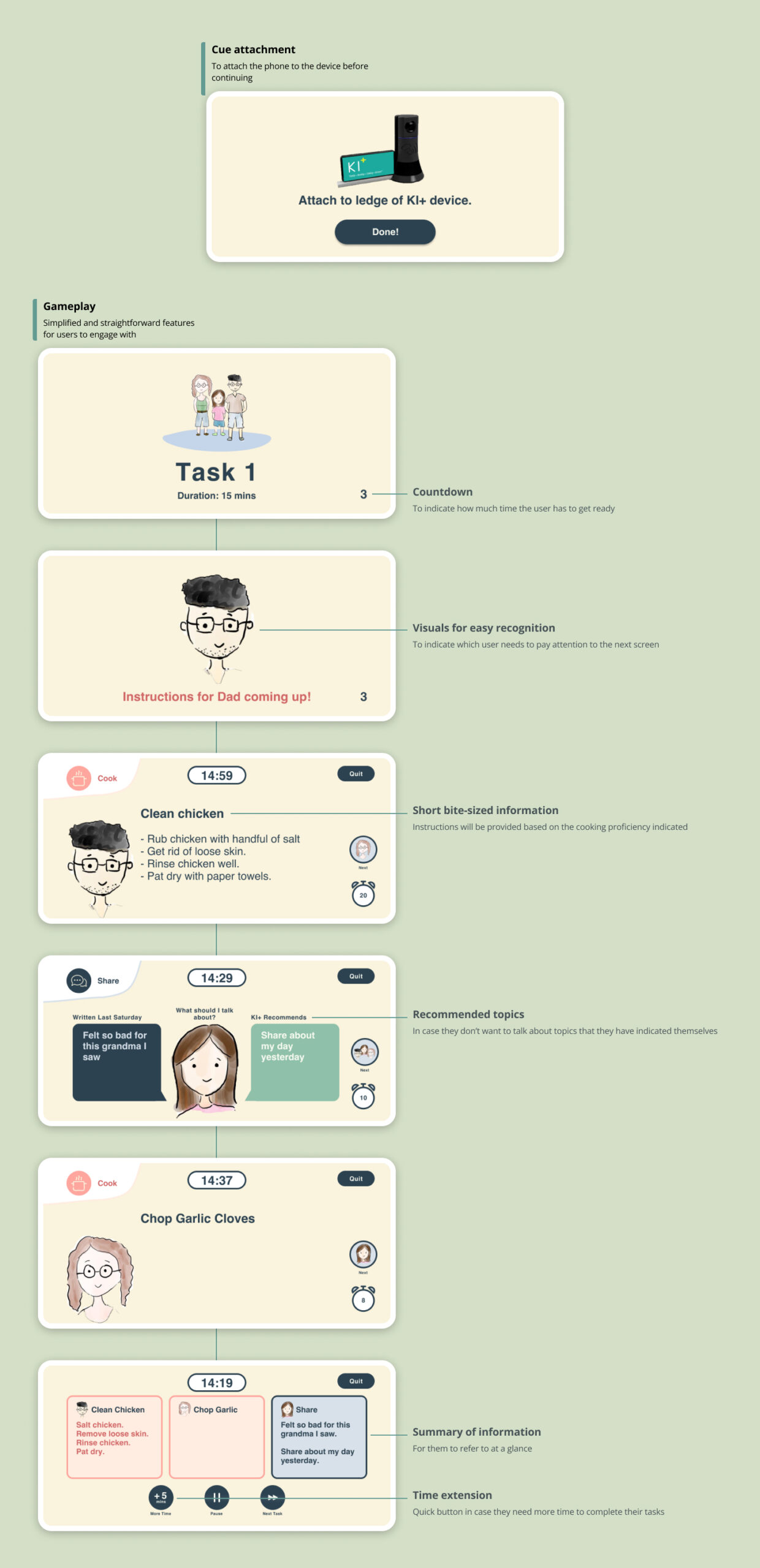
Potential Improvements and afterthoughts
Can possibly look at better in app topic suggestions by asking for users' age, occupation and hobbies during the onboarding process. The redesign of this app was done in 2019 and I think it could definitely look sharper with my experience today. Thank you for taking time to read this case study!
References
AMELIA TENG (2014), Singapore ranks third globally in time spent on homework. Available at: https://www.straitstimes.com/singapore/education/singapore-ranks-third-globally-in-time-spent-on-homework [Accessed 29 March 2019]
JANICE TAI (2016), More parents putting baby into infant care centre. Available at: https://tnp.straitstimes.com/news/singapore/more-parents-putting-baby-infant-care-centre [Accessed 11 May 2023]
Michael Holtz (2017), Singapore's plea to its people: Won’t you please have more children?. Available at: https://www.csmonitor.com/World/Asia-Pacific/2017/0129/Singapore-s-plea-to-its-people-Won-t-you-please-have-more-children [Accessed 9 May 2023]
TOH EE MING (2016), Long working hours keeping S’porean families apart: Survey. Available at: https://www.todayonline.com/singapore/long-working-hours-keeping-sporean-families-apart-survey [Accessed 29 March 2019]
Other Projects
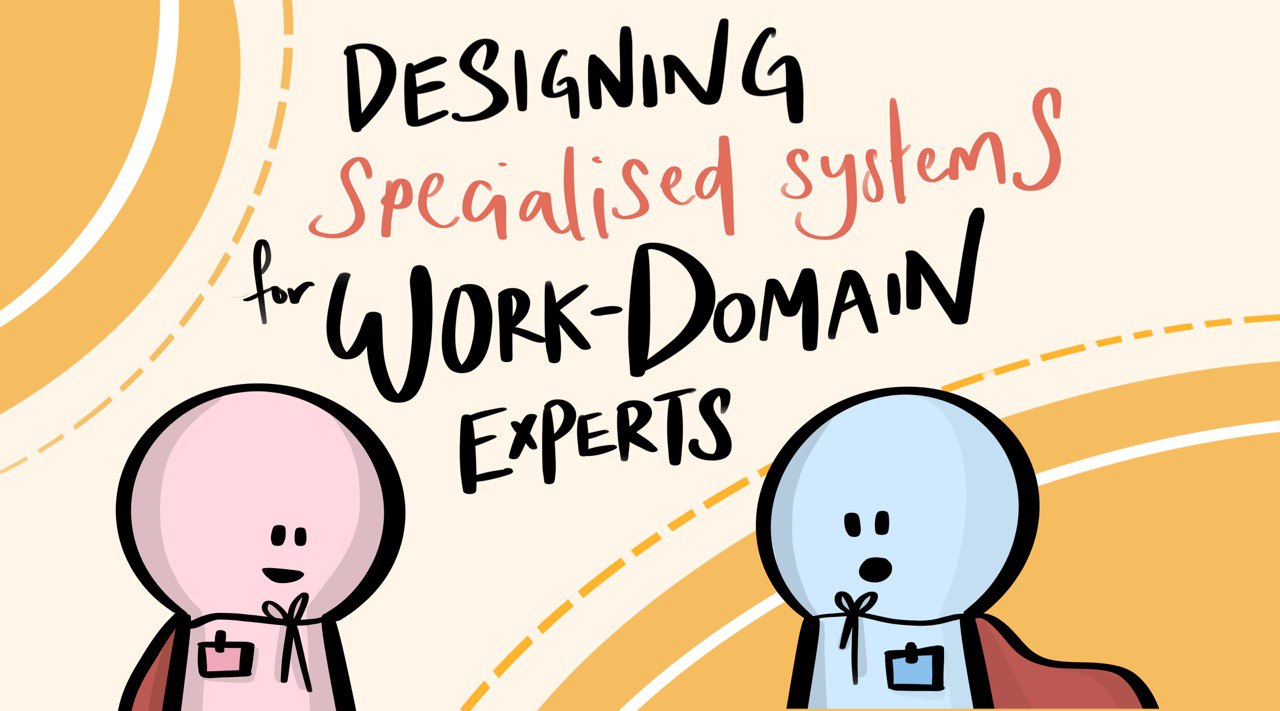
Designing for Work-Domain ExpertsProject type

Evaluating the Taxi-Hire experienceProject type
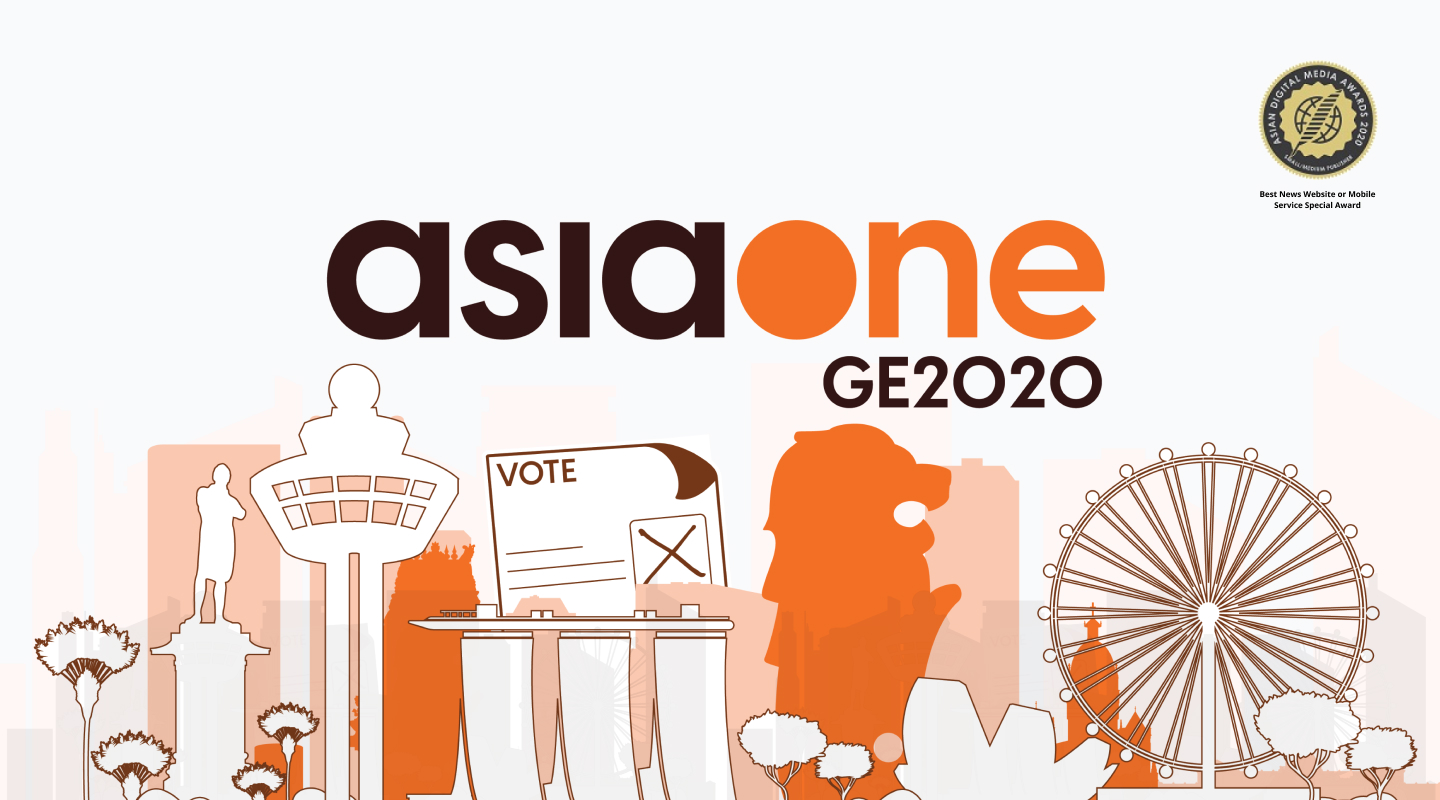
AsiaOne Elections 2020Project type

AsiaOne LogofolioProject type
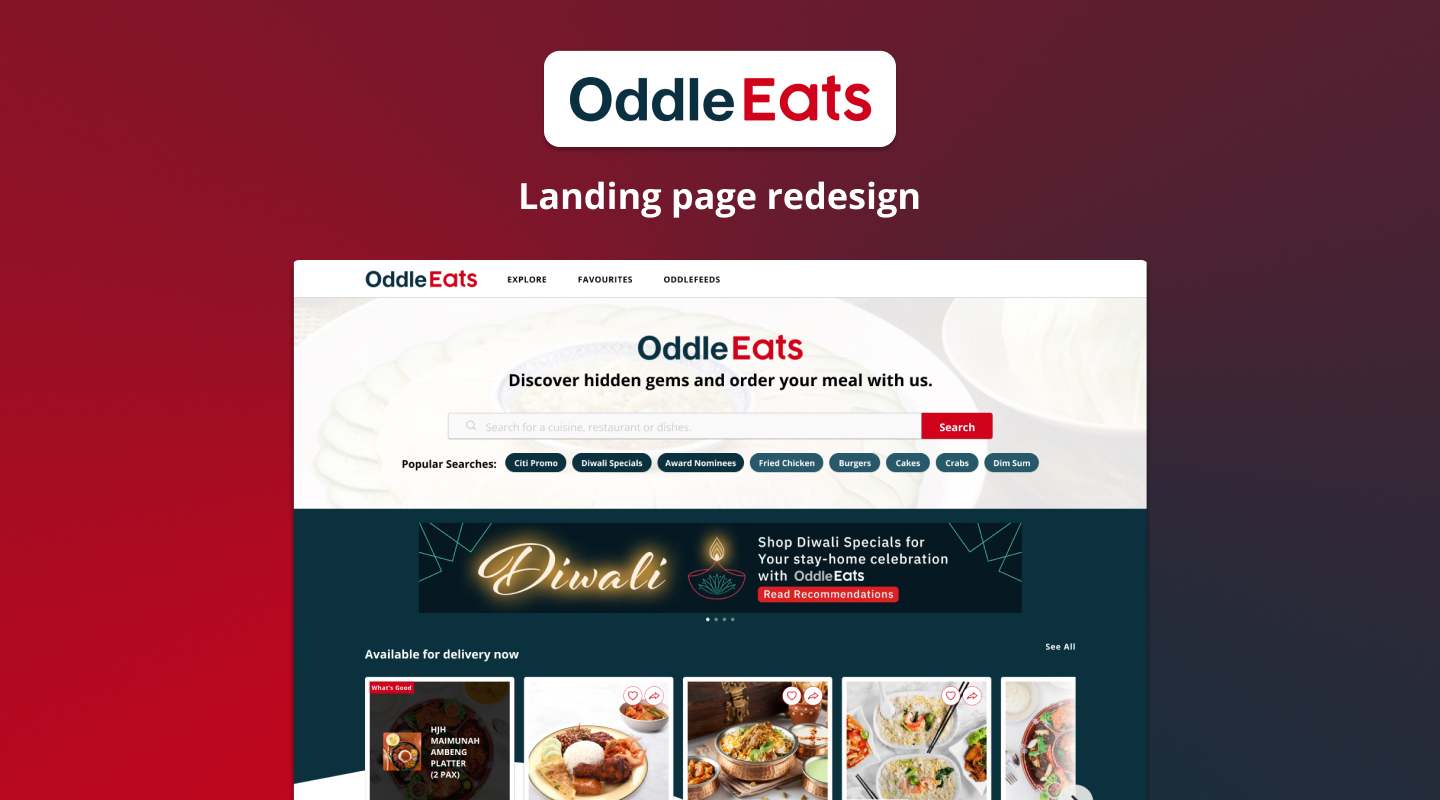
OddleEats RedesignMini Project

Connecting loved ones with KI+School Project
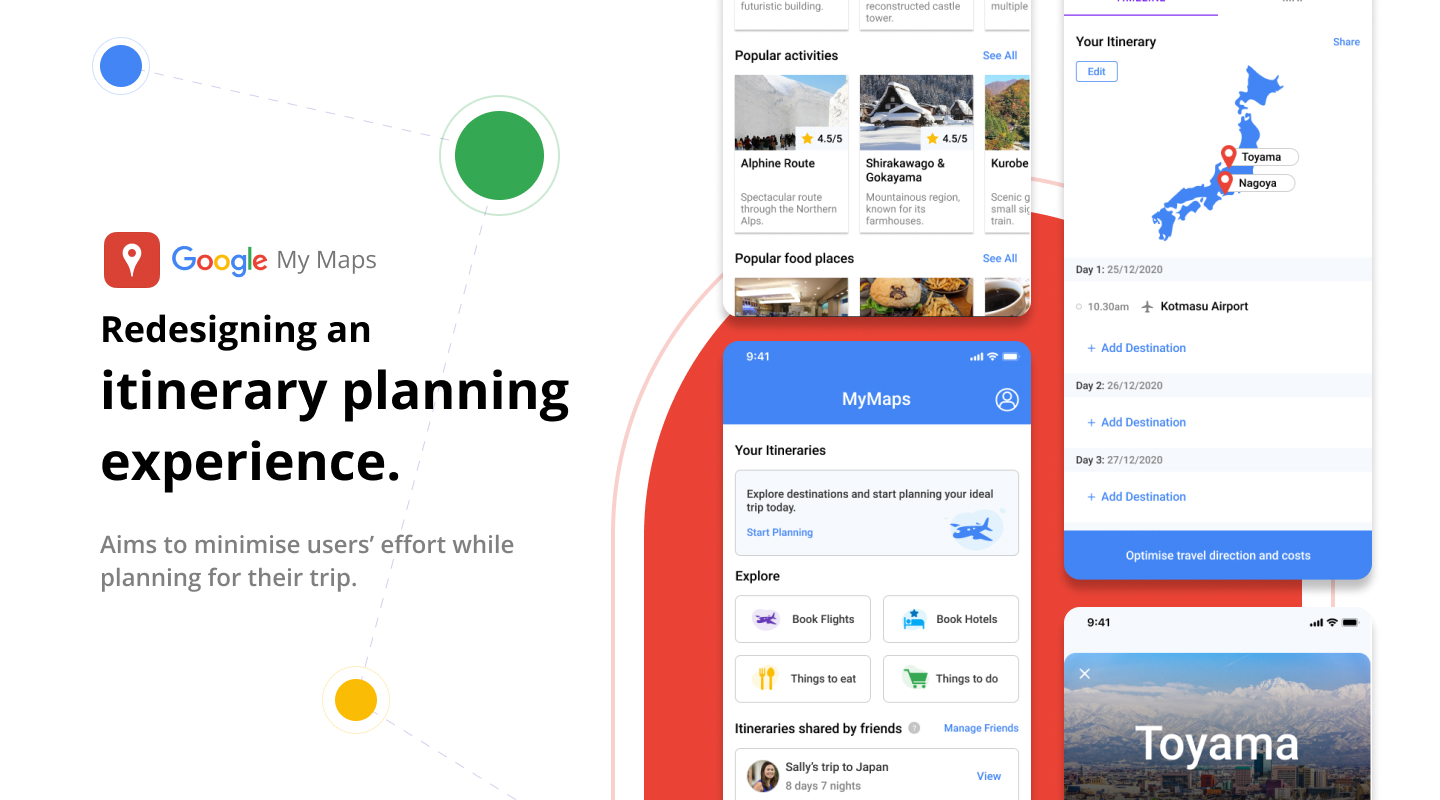
Redesigning an itinerary experiencePersonal Case Study